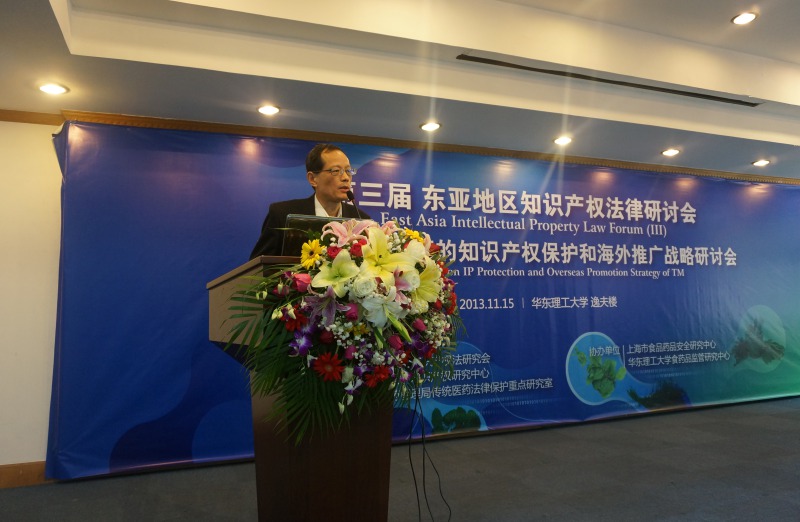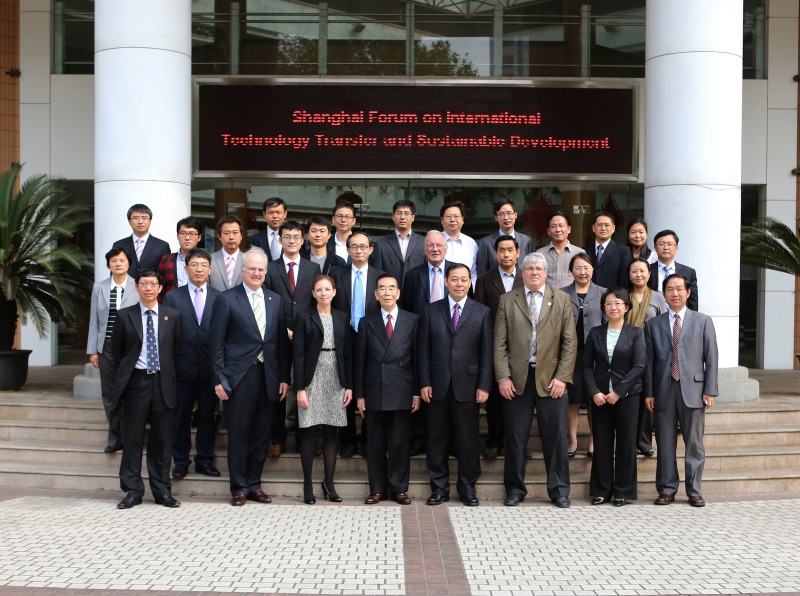Regulations on the Protection of Intangible Cultural Heritage in Lvliang(1)
(adopted by the 16th Meeting of the 3rd Session of the Standing Committee of Lvliang People’s Congress in August 9th,2017 and approved by the 41st Meeting of the 12th Session of the Standing Committee of Shanxi People’s Congress in September 29th,2017)
Article 1 To inherit and carry forward the excellent traditional culture, and strengthen the protection of intangible cultural heritage, according to the “Intangible Cultural Heritage Law of the People’s Republic of China” and other laws and regulations, this Regulations is formulated.
Article 2 Intangible cultural heritage in this Regulations refers to the traditional cultural performances and the related objects and spaces, including:
(a) the traditional oral literature and the language as its carrier;
(b) the traditional arts, calligraphy, music, dance, drama, opera and acrobatics;
(c) traditional skills, medicine and calendar;
(d) traditional rituals, festivals and other folk customs;
(e) traditional sports and recreation;
(f) other intangible cultural heritage.
If the objects and places belong to the cultural relics, they are applicable to the relevant provisions of the laws and regulations concerning the protection of cultural relics.
Article 3 The Regulations is applicable to the investigation, identification, inheritance, dissemination and utilization of intangible cultural heritage in this municipal administrative region.
Article 4 The intangible cultural heritage protection should follow the principles of government led, social participation, protection oriented, rescue first, inheritance and development, rational use. Meanwhile, it should pay attention to the authenticity, integrity and inheritance.
Article 5 The governments in cities and counties should bring the intangible cultural heritage protection work into the corresponding national economic and social development plans, establishing the coordination mechanism, strengthening the institutional construction, and fitting the protection funds into the annual budgets.
Article 6 The cultural administrative departments in cities and counties are responsible for the organization guidance, management coordination and supervision in their administrative regions to fulfill the following responsibilities:
(a) to promote the implementation of the intangible cultural heritage laws, regulations and policies;
(b) to organize the implementation of the intangible cultural heritage protection planning;
(c) to organize the survey, collection, collation and research of intangible cultural heritage;
(d) to organize the declaration and evaluation of intangible cultural heritage projects and identify protection units and representative inheritors;
(e) to supervise the use of intangible cultural heritage protection funds;
(f) to investigate and punish the acts violating the provisions of the intangible cultural heritage protection;
(g) to carry out other work related to the protection of intangible cultural heritage.
The intangible cultural heritage protection organizations specifically implement the protection of intangible cultural heritage under the leadership of the cultural administrative departments at the same level.
Article 7 The other relevant departments are responsible for the protection of intangible cultural heritage within their respective responsibilities.
Article 8 The governments should strengthen the construction of intangible cultural heritage protection professional teams, training and introducing special talents of research, inheritance, protection and management.
Article 9 The governments should set up the special funds for the intangible cultural heritage protection, mainly for planning compilation, investigation and research, archives and database construction, endangered projects rescue, personnel cultivation, works collection, inheritance activities, propaganda and exhibition, foreign exchange and funding or subsidies of representative projects and inheritors.
Article 10 The cultural administrative departments should strengthen the supervision and inspection of the intangible cultural heritage inheritance, establishing the annual performance appraisal mechanism and the exit mechanism of protection units and representative inheritors.
Article 11 The cultural administrative departments should regularly carry out the investigation of intangible cultural heritage, establishing the sharing mechanism of files, databases and information, and strengthening the protection technical research and achievements transformation jointly with the relevant departments.
Article 12 The cultural administrative departments should organize and compile the protection plan in the administrative regions, implementing after the approval of the governments at the same level, and reporting to the cultural administrative departments at the next higher level for the record.
For the representative intangible cultural heritage projects in the list, the cultural administrative departments should organize the protection units to formulate the protection plans.
Article 13 The cultural administrative departments should formulate the identification method of representative projects, protection units and inheritors in accordance with the relevant provisions, combined with the characteristics, history, technique level, social influence and cultural inheritance of intangible cultural heritage. Besides, they should report to the governments for approval before the implementation.
Article 14 The governments implement cascade protection of representative projects and inheritors:
(a) the national intangible cultural heritage projects should compile the special protection plan, complementing individual funds, establishing exhibition venues, and providing necessary training places for inheritors;
(b) the provincial intangible cultural heritage projects should compile the special protection plan, complementing necessary funds, establishing necessary exhibition venues, and providing necessary training places for inheritors;
(c) the intangible cultural heritage projects and inheritors at the city orcounty level should be protected according to the protection plan. And the necessary protection subsidies and inheritance subsidies should be given.
next:Regulations on the Protection of Intangible Cultural Heritage in Lvliang(2)


